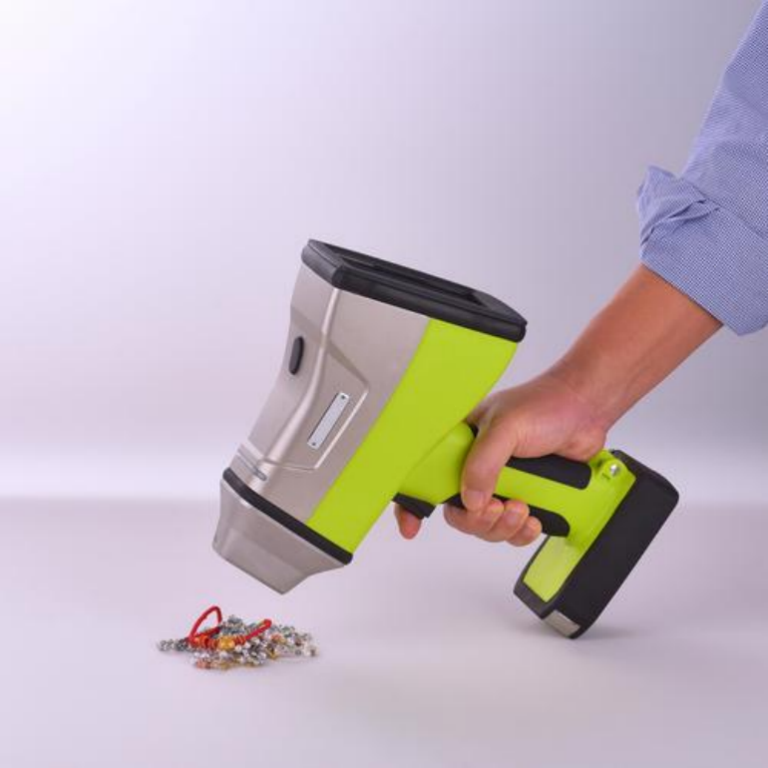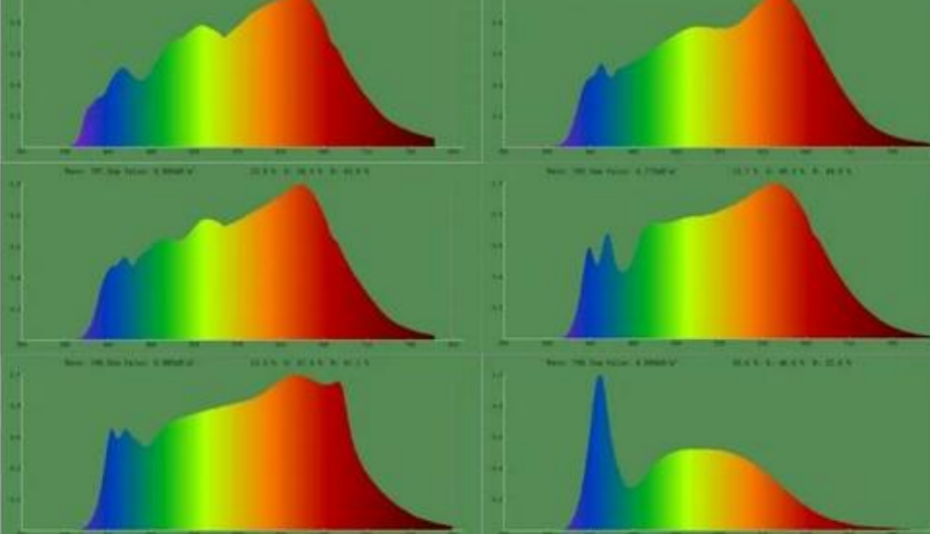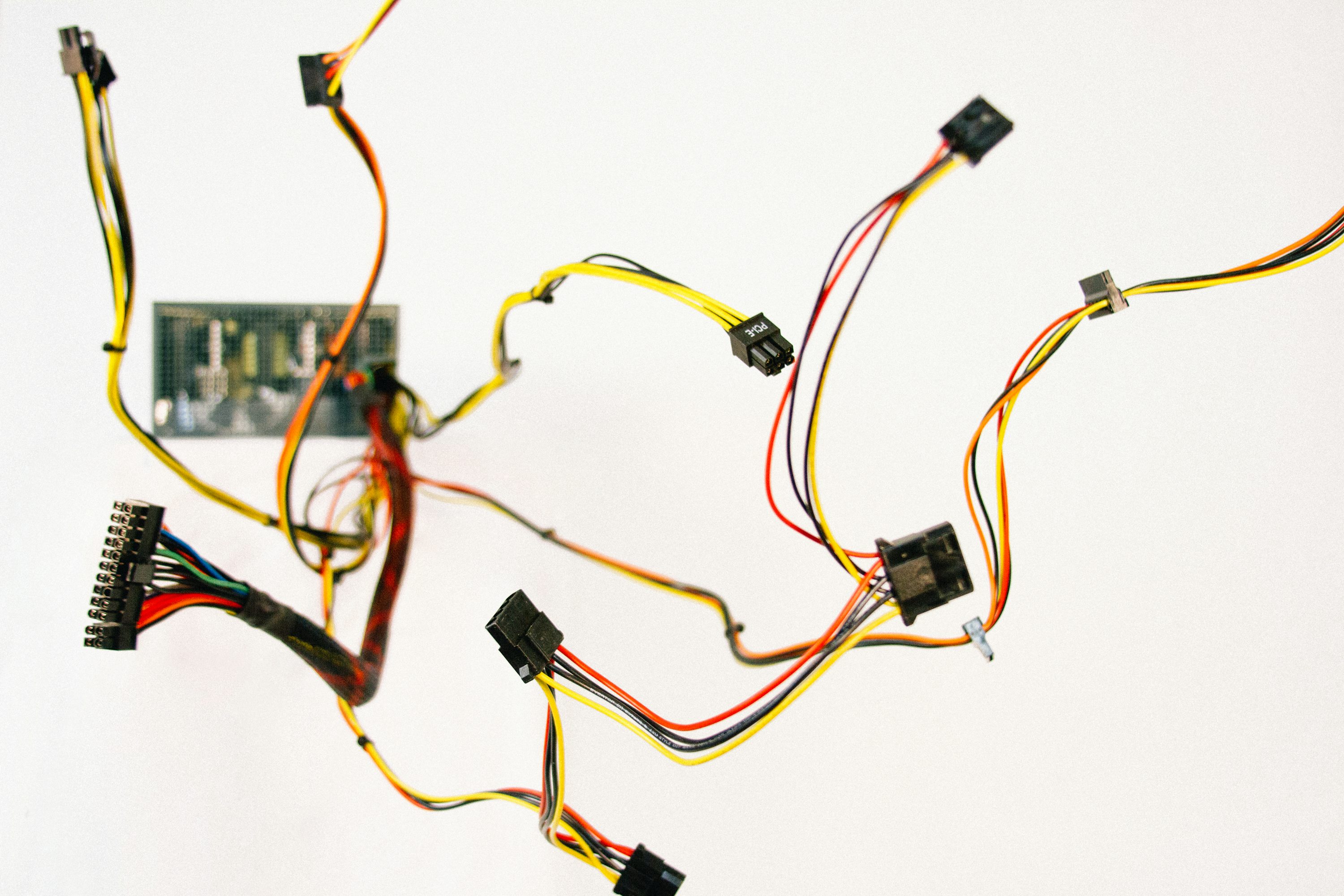A Laboratory in Your Pocket: A Fingernail-Sized Spectrometry
In humanity's long history of working with light, the spectrometer has been hailed as "the other eye beyond the microscope." It can distinguish different wavelengths of light, revealing the chemical and physical secrets of materials. Traditionally, spectrometers have been the "giants" of science, bulky, expensive, and complex devices found in research labs, factories, and hospitals, far removed from everyday life. But now, a groundbreaking miniature spectrometer is emerging. Small enough to fit inside a smartphone indeed, smaller than a fingernail, it could make it possible for everyone to carry a "laboratory" in their pocket and use light to explore the world.

The working principle of a spectrometer is not mysterious: when light strikes a substance, it is absorbed, reflected, or scattered in unique ways, carrying information about that substance's composition and structure. By analysing these spectral signatures, scientists can determine the impurity content of a piece of metal, the ingredient ratio in a pill, or even health conditions reflected in blood. However, traditional spectrometers have been "hulks" of the lab. Even the smallest models are about the size of a desktop computer. Researchers often push them around on carts, let alone imagine fitting one into a pocket. That's why they have struggled to find their way into consumer electronics. Now, researchers at North Carolina State University have broken this barrier with a new type of spectrometer that shrinks the device by several orders of magnitude —from the size of a desk to the size of a fingernail, even down to something like a single pixel.
So how does a spectrometer get this small? The secret lies in a special miniature photodetector. Traditional spectrometers rely on complex lenses, prisms, and gratings to split light into different wavelengths. This new technology takes a different route: it. "filters" light directly on the detector by tuning the voltage. Think of it like turning the dial on an old radio. Instead of tuning to radio stations, researchers adjust the voltage, making the detector more sensitive to certain wavelengths at each setting. By quickly sweeping through a range of voltages, the detector captures a full spectrum. The whole process requires less than one volt and can be completed in under a millisecond. The astonishing result is that the data collected with this miniature spectrometer is just as accurate as that from large, traditional instruments. In other words, it's not a "toy version," but a genuinely research-grade tool in miniature form.

From the lab to daily life, the potential applications are mind-expanding.
- Food testing: Imagine walking into a supermarket, picking up a steak, scanning it with your phone camera, and instantly knowing its freshness and whether it contains antibiotic residues.+
- Art and cultural heritage: In museums, a miniature spectrometer could analyse pigments in wall paintings without moving fragile artefacts.
- Spectral imaging: Unlike ordinary photos, each pixel in a spectral image carries detailed light information. That means when you take a photo of a flower, the system could not only identify it as a rose but also show its variety, detect signs of disease, and even predict its blooming period.
The significance of this breakthrough isn't just that "spectrometers are getting smaller —it's that we are entering an era of "ubiquitous optical analysis." Once, spectral analysis was a highly exclusive tool limited to research institutions and large corporations. Now, it's becoming an everyday capability. The spread of microscopes brought biology into classrooms. The miniaturisation of computers brought artificial intelligence into households. Today, spectrometers are following the same path. In the future, questions like "What is this?" or "Is it safe?" may no longer require a lab full of equipment— just a quick scan with your phone for precise answers.

(Writer:Lily)





